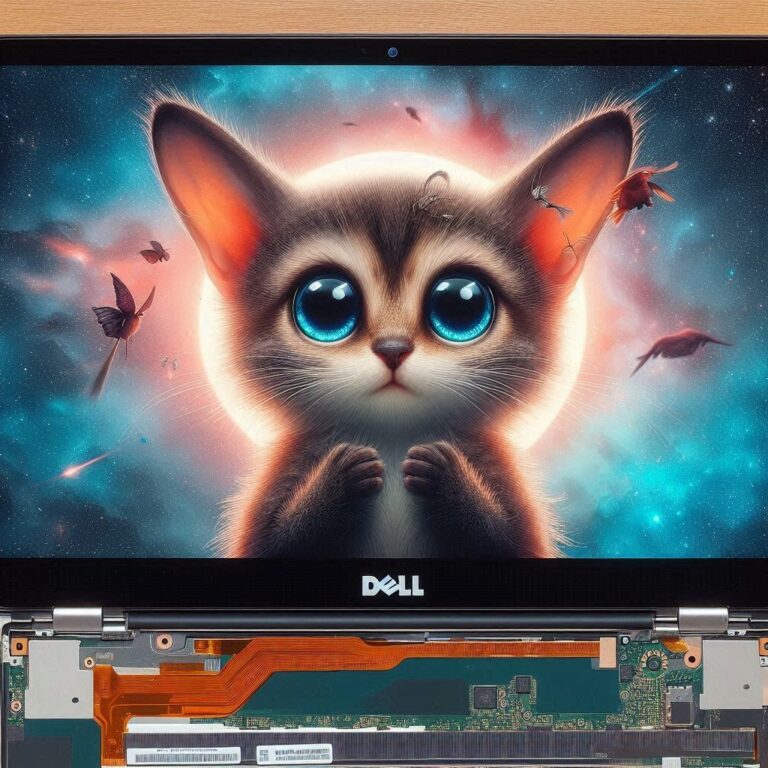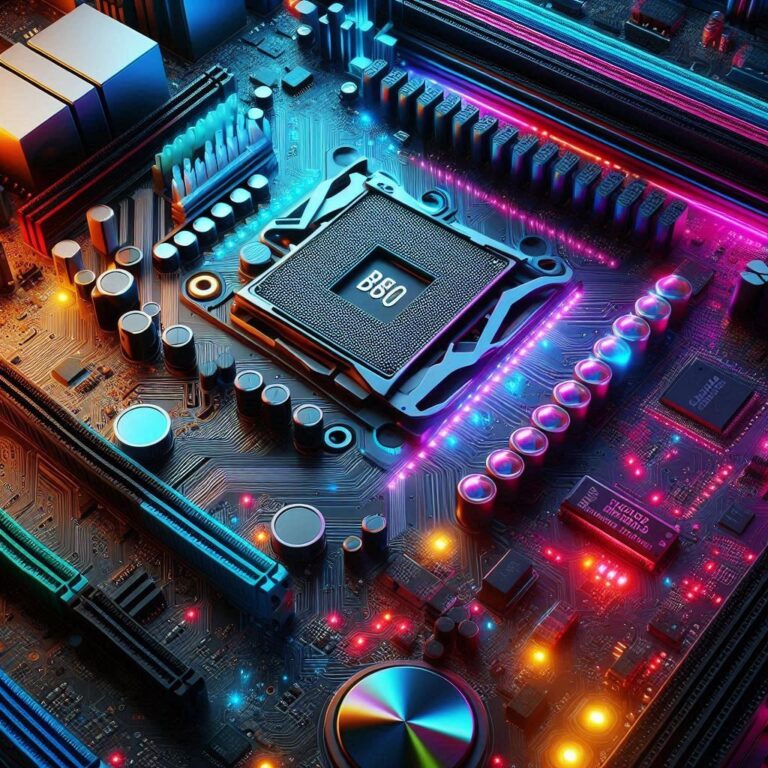What Is the Best Open Source Home Automation Free Software
Home Automation and Open Source Software
What Is the Best Open Source Home Automation Free Software? The world of home automation is evolving rapidly, transforming our living spaces into smart havens that respond to our every need. Imagine controlling your lights, thermostat, and security system with a simple voice command or a tap on your smartphone from anywhere in the world. Sounds appealing, right?
As technology continues to innovate at breakneck speed, many homeowners are turning to open-source software as an effective means of managing their smart devices. Open-source home automation offers flexibility and customization like no other solution can provide while often being free of charge. But what exactly does it mean for you—and how do you choose the best one? Join us as we delve into the exciting realm of open-source home automation software and uncover the options available that will elevate your smart home experience!
Benefits of Using Open-Source Home Automation Software
Open-source home automation software offers unparalleled flexibility. Users can modify the code to suit their specific needs, creating a truly personalized experience.
Cost-effectiveness is another significant benefit. Many open-source solutions are free to use, reducing the initial investment for setting up smart home systems.
Community support plays a vital role as well. Open-source platforms often have active communities that share knowledge and troubleshooting tips, making it easier for users to overcome challenges.
Security is enhanced since many eyes scrutinize the code. This transparency allows vulnerabilities to be identified and addressed quickly, leading to more robust systems.
Open-source options encourage innovation. Developers frequently contribute new features or integrations with emerging technologies, ensuring your system remains cutting-edge without frequent costly upgrades.
Top 5 Open Source Home Automation Software
When diving into open-source home automation, several standout options emerge.
First on the list is Home Assistant. This platform offers robust integration capabilities and a user-friendly interface. It’s perfect for both beginners and tech enthusiasts.
Next up, we have OpenHAB. Known for its versatility, it supports numerous devices and has an active community behind it, which makes troubleshooting easier.
Domoticz deserves a mention as well. With its lightweight design, it’s ideal for those with limited resources while still providing essential features.
Then there’s ioBroker. It’s excellent if you’re looking to connect various protocols seamlessly within your smart home ecosystem.
Consider Node-RED. Though primarily a flow-based programming tool, it excels in automating tasks by visually connecting devices and services together in unique ways. Each option brings something special to the table.
Comparison of Features and User Reviews
When comparing open-source home automation software, features are a key consideration. Some platforms excel in user-friendly interfaces, while others offer extensive customization options. Home Assistant stands out with its rich feature set and integration capabilities, allowing users to connect a multitude of devices seamlessly.
User reviews often highlight the robust community support surrounding these tools. For instance, Domoticz receives praise for its lightweight nature and efficient resource usage, making it ideal for older hardware. Meanwhile, OpenHAB earns accolades for its powerful scripting abilities that cater to tech-savvy individuals looking to tailor their setups.
Security is another critical aspect frequently mentioned in reviews. Many users appreciate the transparency that comes with open-source solutions as they can inspect code and ensure data safety. However, some express concerns over complicated initial setups or steep learning curves associated with certain platforms like Home Assistant and OpenHAB compared to more straightforward alternatives like ioBroker.
Step-by-Step Guide on Setting Up Open Source Home Automation Software
Setting up open-source home automation software can seem daunting, but it’s quite manageable with the right approach. Start by choosing a platform that suits your needs—popular options include Home Assistant, OpenHAB, and Domoticz.
Once you’ve selected your software, download the installation files or use a pre-configured image for devices like Raspberry Pi. Follow the instructions provided on their official website to get started.
Next, install the software on your device. This usually involves running simple commands in your terminal or using an installer wizard. Don’t rush this step; ensure all dependencies are met.
After installation, you’ll want to access the web interface through your browser. Here you can configure settings according to your preferences.
Integrate smart devices by adding them via integrations within the interface. Each device may have specific setup guidelines—pay close attention to those details for seamless connectivity.
Tips for Troubleshooting and Customization
When diving into open-source home automation, you might encounter a few bumps along the way. Start by checking community forums. These platforms are goldmines for troubleshooting tips and solutions from experienced users.
Next, keep your software updated. Updates often bring bug fixes and enhancements that can resolve existing issues.
Customization is where the fun begins. Explore available plugins or integrations to tailor your setup. You can enhance functionality without extensive coding knowledge.
Don’t hesitate to experiment with different configurations. Sometimes tweaking a setting can yield surprising results.
Document your changes. This practice helps track what works best for you and saves time when troubleshooting future problems or reverting settings if necessary.
Maximizing Efficiency
Maximizing efficiency in your smart home setup goes beyond just automation. It involves choosing software that fits your lifestyle and preferences seamlessly. Open-source platforms offer flexibility, allowing for tailored solutions.
When considering what is the best open-source home automation free software, look for systems that integrate well with various devices. Compatibility ensures you can control everything from lights to thermostats without hassle.
User community support plays a crucial role too. Active forums and frequent updates mean you’re never alone when troubleshooting or customizing your system.
Consider ease of use as well; an intuitive interface makes daily interactions smoother and more enjoyable.
Don’t forget about energy management features either. Some software provides insights into consumption patterns, helping you save on utility bills while keeping things automated efficiently.
Your Smart Home Journey: What Is the Best Open Source Home Automation Free Software
Embarking on your smart home journey can be thrilling. The possibilities are endless when integrating technology into your living space. One of the most significant choices you’ll face is selecting the right software.
Open-source solutions offer an intriguing option. They provide flexibility and customization, allowing you to tailor your system according to your needs. You aren’t locked into any single vendor’s ecosystem.
With various platforms available, each offers unique features that cater to different preferences and technical skills. From community support forums to extensive documentation, finding help along the way is easier than ever.
As you explore these options, consider what devices you want in your smart home setup and how they communicate with one another. This planning phase will make implementing a robust automation system simpler and more effective for daily use.
Your exploration could lead you down paths filled with innovation and efficiency as every corner of your home becomes smarter.
Comparing Top Choices: What Is the Best Open Source Home Automation Free Software
When diving into the realm of open-source home automation, several platforms stand out. Each offers unique features and capabilities tailored to different needs.
Home Assistant boasts extensive integration options with numerous smart devices. Its robust community provides ongoing support and a wealth of plugins for customization.
OpenHAB shines in its flexibility, allowing users to access various technologies under one roof. It’s perfect for those looking for advanced automation rules without being tied to specific brands.
Domoticz is known for its lightweight nature and ease of use, making it ideal for beginners. Users appreciate its intuitive interface combined with powerful functionalities.
Node-RED takes a visual approach to automation, empowering users to create flows that suit their lifestyles seamlessly. It’s particularly appealing for those who enjoy programming-like environments without heavy code involvement.
Your choice will hinge on personal preferences and requirements within your smart home ecosystem.

The Future of Smart Homes: What Is the Best Open Source Home Automation Free Software
The landscape of smart homes is evolving rapidly, and open-source home automation software plays a pivotal role in this transformation. As technology advances, the demand for smarter, more efficient living spaces continues to grow. Open-source solutions offer flexibility that proprietary systems often cannot match.
Companies are beginning to recognize the value of community-driven development. This trend opens up pathways for innovation and customization that suit individual needs. With growing interest in privacy and data security, users appreciate being able to control their environment without relying on corporate giants.
As we look ahead, it’s clear that open-source platforms will continue to innovate. From improved integrations with IoT devices to enhanced user interfaces, the future is bright for enthusiasts and casual users alike.
Selecting what is the best open-source home automation free software ultimately depends on your specific requirements—be it ease of use or advanced features. The choices available today empower you to create a personalized smart home experience tailored just for you.
With so many options at your fingertips, now’s an exciting time to explore how these tools can transform your household into a dynamic space that responds seamlessly to your lifestyle preferences. Whether you’re starting small or planning significant upgrades, embracing open-source software may be one of the smartest decisions you make for your home’s future.







